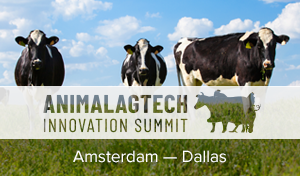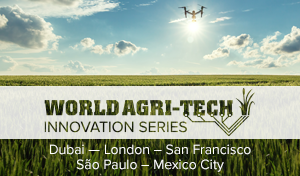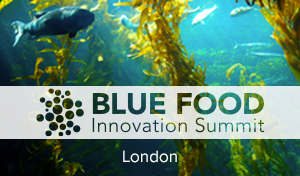What does the investment landscape look like for the livestock, dairy and aquaculture industries through 2022? Which trends and technologies are strategic investors and VCs following, and where do they see the biggest opportunities in animal agriculture?
We spoke to the biggest financial players in animal health and nutrition to discover where the capital will be flowing in the next 12 months.
Laetitia Gerbe, Partner, SEVENTURE PARTNERS, FRANCE: “In this industry, top players’ growth strategies rely more and more on external innovation to supplement consolidated internal development. This is a real opportunity for start-ups to shorten the time to market and grow faster as collaborations are proactively sought by renowned companies. Amongst hot topics, maintenance of acquired performances (both zootechnical and economical), animal welfare, feed efficiency and maintenance of strong immune defenses while reducing the use of antibiotics – associated with a requirement to reduce methane emissions have become strategic issues. They are thus creating opportunities for technology innovation as well as a fertile ground to support VCs strategies in the field.
Ananya Manna, Investment Director, ECBF, SPAIN: “Consumer demand for a more sustainable food system is an important driver for investments. In Animal AgTech, resulting focus is on sustainable feed alternatives (insect protein and fermentation-based protein) and alternatives to antibiotics. Digital technologies continue to attract significant attention, for disease monitoring, livestock management, and resource use optimisation. Other niche areas include bee management, enteric methane reduction solutions in ruminants, online marketplaces, and animal waste management. Ultimately, farm economics will drive successful product adoption. Emerging companies therefore need to develop a very good understanding of underlying economic drivers. Animal farmers operate on thin margins. Adoption of a particular solution – be that in feed, disease control or farm management – needs to lead to tangible savings in operating costs and/or increase farm yield. On another front, the rise of voluntary and ultimately large-scale regulated carbon credits markets could offer great opportunities for start-ups that can deliver quantified carbon emission reductions. Looking at Animal AgTech broadly, including aquaculture, we see three priority areas: on the one hand pest and disease management, and specifically alternatives to, and reduction in antibiotic use; then sustainability of feed and resource optimisation; and finally digital livestock management. Combined, innovation and technology in these areas tackle two of the most pressing issues around animal farming – namely carbon footprint and antibiotic resistance.”
Larsen Mettler, Managing Director, S2G VENTURES, USA: “We are excited to see increased investment into the sector by various forms of intelligent capital. These include funds and corporate investors, which are combining their deep industry knowledge to support rising entrepreneurs. There are numerous entrepreneurs addressing the industry’s biggest problems by leveraging technical innovation in a scalable and disruptive manner. Investors are paying attention to emerging businesses which are tackling climate, human and animal health. In particular, those which are focused on ESG goals and improving efficiencies and unit economics throughout the supply chain.”
Daniel Griffis, Investment Director, ADM VENTURES, USA: “The sector is constantly evolving. As sustainability increasingly becomes an economical consideration rather than just an environmental one, investors are on the lookout for solutions that address consumer needs while offering benefits to producers. As consumer preferences and definitions for sustainability evolve, there is a huge opportunity for the animal agtech sector for companies that can demonstrate a keen understanding of consumer insights. Innovations that address consumer needs while also offering benefits to producers are well-positioned to succeed.”
Joost Matthijssen, Director of Venturing & Business Development, NUTRECO, NETHERLANDS: “The animal agtech sector is going through an exciting phase, as opportunities for innovation abound, and investor interest is growing. Three areas that currently stand out for us in terms of the opportunities they present are novel and sustainable raw materials, innovative nutritional health solutions, and digital tools for precision farming and supply chain optimisation.”

 CLOSE
CLOSE








